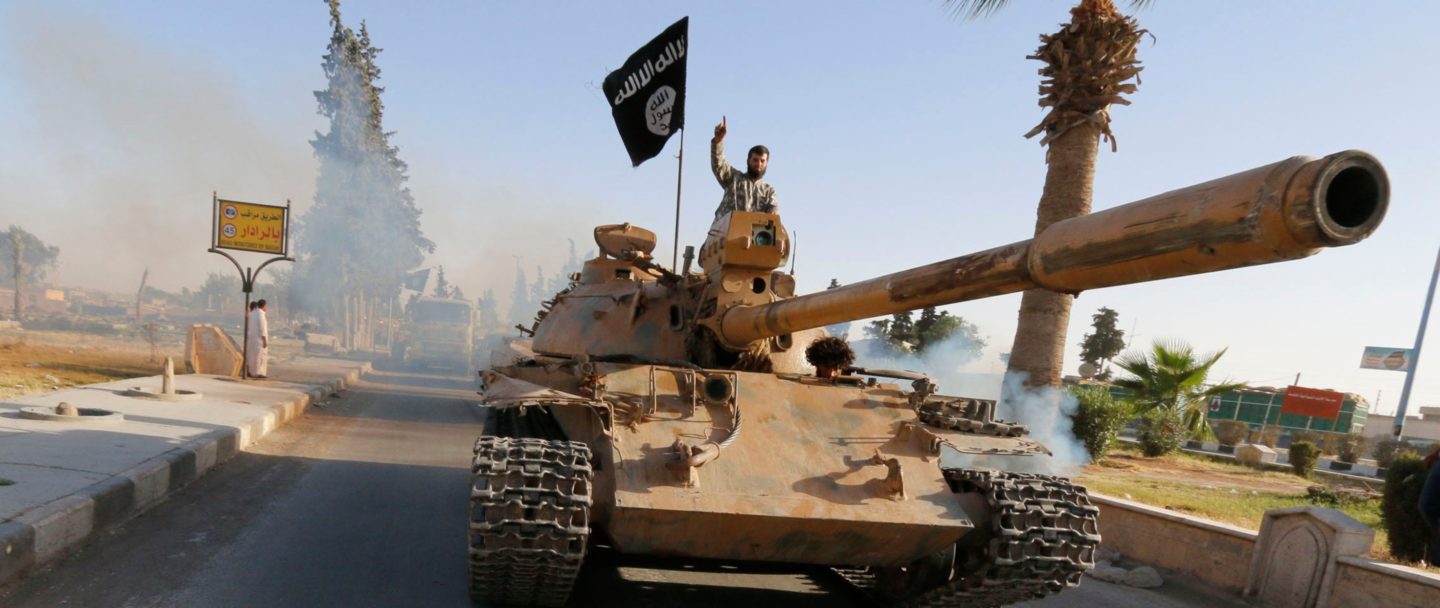By Diana Eltahawy, Amnesty International’s researcher on Iraq in Erbil
The humanitarian crisis in Iraq is described as “one of the largest, most complex and volatile” in the world by the United Nations Office for the Coordination of Humanitarian Affairs. Yet even this description doesn’t capture the magnitude of suffering endured by civilians caught-up in the cycle of violence and impunity.
Over the past two weeks, a research team from Amnesty International on the ground in Iraq has spoken to hundreds of internally displaced people (IDPs), who are among some 3.4 million who have been forced to flee their homes and are currently living with host communities as well as in camps, schools, mosques and unfinished buildings. Many live in overcrowded and squalid conditions, with little protection from the scorching sun and searing temperatures which regularly hover over 50 Celsius. Many have little or no access to essential services.
Some of those we met had recently fled ongoing military operations, while others have been displaced for more than two years since the armed group calling itself Islamic State (IS) captured large swathes of Iraqi territory during 2014. Many cannot go home because fighting continues. Others are waiting for explosives to be cleared and for basic services to resume. The Popular Mobilization Units (predominantly Shi’a militias) and the Peshmerga forces (armed forces of the Kurdistan Region of Iraq) prevent others from going back to areas recaptured from the IS or areas that never came under their control.
Every family we spoke to had a harrowing tale about their life under IS rule, their dangerous escape, their current predicament and their uncertain future.
Ahmed Alawi Abbas lost five of his eight children after fleeing fighting in the Hawija district of the Kirkuk Governorate. He described their deadly journey: “We set off from our village in the Riyadh sub-district at about 1:30am on 1 June. We were 130 people including my wife and eight children. We could not use the main road because Daesh [Arabic acronym for IS] shoots at those fleeing… We had to walk for about nine hours through thorns, stones, tall grass, valleys, water ditches… Suddenly, there was an explosion, someone stepped on a mine, and 11 people died including my five children.”
Sanaa, a mother of five, the eldest of whom is 14, travelled at night on 7 July climbing mountainous terrain in the Baashiqa area: “Daesh fighters were guarding the village, so we snuck out. Halfway through our journey, my youngest girl started crying and they [fighters] heard us. Daesh started shooting in the air, so we climbed even faster. The stones and thorns left my feet and ankles bloody. I looked up and saw Peshmerga beckoning us to climb up and they reached out to pull the children up. ..One of my children dropped a bag and I thought it was my little girl who fell down the mountain. I thought she was dead. I couldn’t move. A Peshmerga pulled me up and said “you are safe now” and I fainted straight away.”
For others, the treacherous journeys ended with the arrest, disappearance or killing of their loved ones.
One man we met in Amariyat al-Falluja camp for displaced people in Anbar Governorate recounted his ordeal after escaping the Saqlawiya sub-district of Falluja on 3 June 2016:
“We were at least 1,300 men with our wives and children, and we met [armed] forces just before the area of Shuhada. We thought it was the army, but they turned out to be the Hashd’s (PMU) Kataeb [Brigades] Hizbullah. Men were separated from women and children and hundreds were never seen again.” He was among the luckier group of 605 men and boys, who were transferred to Amariyat al-Fallujah on 5 June, after being tortured and otherwise abused. Several died in custody. The fate of about 700 others from the area remains unknown, amid fears for their lives and safety.
Those who survived the IS and their journeys escaping them face a grim future. With fighting raging and bans on returns, there is little prospect of going home. In particular, Arab Sunni IDPs face arbitrary and discriminatory restrictions to their freedom of movement in both central Iraq and the Kurdistan Region of Iraq. To be able to move out of camps into cities, they have to go through a myriad of bureaucratic procedures, which vary from governorate to governorate and appear to change at the whim of officials and armed men at checkpoints. Many need special permission simply to leave the camp for essential medical treatment.
A father of six pointed to his village visible from the edge of a Dohuk IDP camp stating: “My wife and younger children live at home. My 16 year-old son and I are not allowed to join them, we are prisoners in this camp… I am told that this is for security reasons. How can we live like this?”
As military operations gear-up in anticipation for the final assault on Mosul, the second largest city in Iraq and an IS-stronghold, doubts are rising about the ability of the Iraqi government and the international community to adequately respond to the humanitarian needs of fleeing civilians. Additional international funding is urgently needed to avoid catastrophe, while Iraqi authorities must rein in security forces to prevent further human rights abuses.
“What will become of us now?” asks one displaced woman who fled the village of Imam Gharbi in the north-western Ninewa Governorate. Her sister in law died along the way and her nephew was seized by the army suspected of supporting IS. For her, like the millions of other displaced people in Iraq, life has become a daily struggle and it remains uncertain what the future holds for them.


